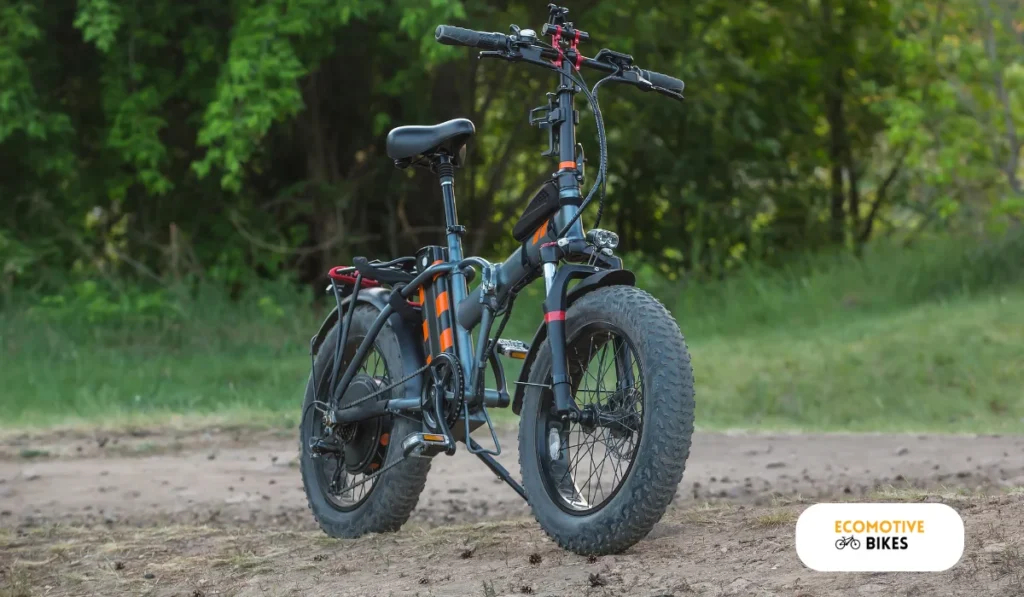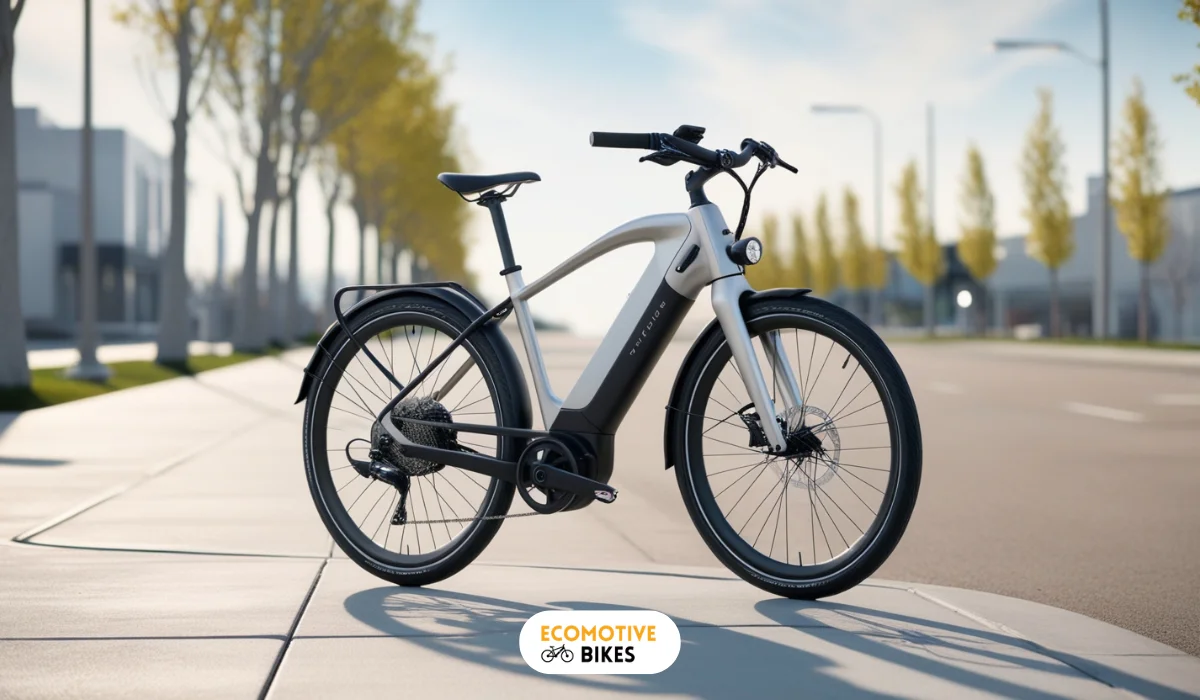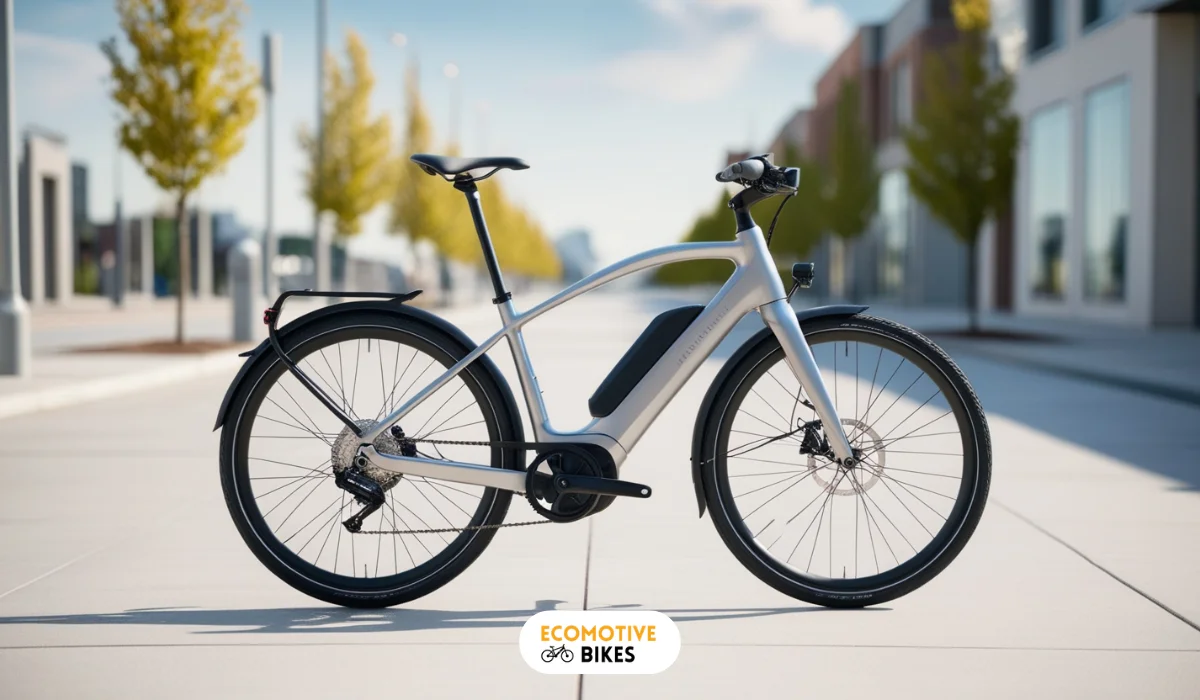For Third Year Running Electric Nike Injury Rate Falls
For the third year running, electric bike injury rate falls, highlighting improved safety measures and growing rider experience.
Table of Contents
Related Articles:
Over the past three years, a study tracking 58 million electric bike rides among micromobility share scheme firms has shown a consistent decline in the electric bike injury rate. Recent tallies gathered by leading providers in the industry indicate a significant drop in reported injuries per million trips, emphasizing the positive impact of improved vehicle design, education, and city infrastructure on promoting safer micro-mobility experiences. As the data continues to reflect a downward trend, efforts towards achieving Vision Zero and enhancing road safety for vulnerable users remain a top priority.
The Decline in Electric Bike Injuries

Three Years of Continuous Decline
While tracking 58 million electric bike rides across various micromobility share scheme firms, the data has shown a consistent decrease in electric bike injuries for three consecutive years. This highlights a positive trend in ensuring the safety of riders.
Statistics: A 39% Dip in Reported Injuries
With the tallies revealing a 39% decrease in reported injuries per million trips in 2023, and a 16% drop year-to-year in incidents requiring medical treatment, the statistics paint a promising picture of the safety of electric bike rides. The risk of injury requiring medical treatment stands at only 3.3 per million kilometres ridden.
Electric bike injury data was collected from several countries, including the EU 27, the UK, Switzerland, Norway, and Israel. The collaborative efforts of leading micromobility service providers have significantly contributed to this decline in incidents.
The Scope of the Study
Micromobility Share Scheme Firms Involved
Firms such as Voi, Bolt, Tier, Lime, Bird, and Dott were part of the coalition that contributed data on 58 million annual e-bike hires and 139 million kilometres ridden in 2023. These leading micromobility service providers played a crucial role in providing insights into electric bike injury rates.
The Extent of the Data Collected
Data on electric bike injuries was gathered from the EU 27, the UK, Switzerland, Norway, and Israel, totaling to 58 million e-bike hires and 139 million kilometres ridden in 2023. The comprehensive dataset allowed for a detailed analysis of trends and patterns in electric bike safety across various regions.
Causes of Incidents and Areas for Improvement
Inadequate Infrastructure: A Common Theme
One common theme that emerges from the data on electric bike and scooter accidents is the issue of inadequate infrastructure. Studies have shown that a significant portion of vulnerable road user fatalities involve motor vehicles, highlighting the need for better infrastructure to ensure the safety of micro-mobility users.
The Role of Motor Vehicles in Incidents
One key factor contributing to incidents involving electric bikes and scooters is the presence of motor vehicles. Data shows that almost 70% of cyclist and e-scooter rider fatalities involve motor vehicles. This underscores the importance of creating safe infrastructure for vulnerable road users and considering reducing speed limits for motorized vehicles in shared micro-mobility spaces.
Incidents involving electric bikes and scooters are often linked to interactions with motor vehicles, reinforcing the need for continued efforts to improve infrastructure and road safety measures. The decline in injury rates over the past three years is promising, but ongoing collaboration between micro-mobility providers, cities, and policymakers is vital to work towards achieving Vision Zero and ensuring the safety of all road users.
Efforts Towards Vision Zero
Improving Vehicle Design and Education
Vision Zero initiatives focus on continuously improving vehicle design and providing education to promote safe riding practices. Efforts by micromobility share scheme providers have led to a significant decline in reported injuries per million trips, showcasing the importance of ongoing development in this area.
The Need for Safe Infrastructure and Reduced Speed Limits
Designing safe infrastructure and implementing reduced speed limits are critical factors in achieving Vision Zero goals. Studies have shown that almost 70% of cyclist and e-scooter rider fatalities involve motor vehicles, emphasizing the urgent need for improvements in road safety measures. Cities play a crucial role in creating a safer environment for all road users, including vulnerable micromobility riders.
Understanding the link between infrastructure quality and micromobility safety is crucial. The data collected from micromobility share scheme providers illustrates the importance of investing in safe infrastructure and implementing reduced speed limits to reduce the risk of incidents. Continued collaboration between cities, micromobility providers, and policymakers is important to achieve Vision Zero and create a safer environment for all road users.
Final Words
Summing up, the data from a study tracking 58 million electric bike rides shows a significant decline in injury rates for the third consecutive year. This positive trend can be attributed to improved vehicle design, education efforts, and the ongoing work to enhance infrastructure by both micro-mobility service providers and cities. While progress has been made, the journey towards Vision Zero is ongoing, and continued collaboration is necessary to create safer environments for all road users.





